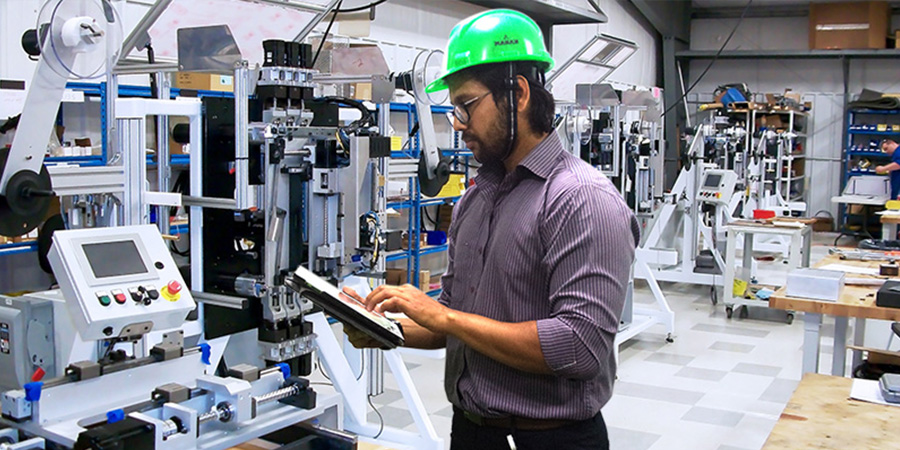How digital inspection solution can create a difference

Safety inspection programs are a great way for industries to manage potential hazards at workplace. A study, concluded that random inspection at industries resulted in a 9% drop in workplace injuries compared to industries that weren’t undertaking inspection, for a period of 4 years post inspection.
Inspection can be of a particular area, say a shop floor and the machinery within it, at a manufacturing unit. Or a generalized workplace inspection of office space, where the employees sit and undertake various tasks. The thought behind any inspection program is to undertake and execute a thorough analysis of the chosen area which can include man, machine and materials.
The thought behind inspection program is to undertake and execute a thorough analysis of the chosen area: man, machine and materials. This would enable the inspection authority: EHS manager or floor supervisor or worker representative of HSE committee to evaluate the different aspects of the area that may or may not have hazards.
Safety inspection programs demand competent and qualified personnel in form of supervisors and EHS managers. And backing them up are checklists and forms which can effectively provide the criteria for evaluating a safety inspection. Therefore, the success of a safety inspection not only relies on the competence of the personnel undertaking the inspection but also on the scope of inspection itself that should include in-depth questionnaire, point-based evaluation and room to incorporate ‘deviations’ from the normal or expected.
Now, the crucial thing is that workplace inspections or inspection programs occur more frequently. And this is precisely a scenario, where the need of digitization emerges. The inspection frequency multiplied by exhaustive checklists multiplied with the number of inspection areas within the facility, over a year would yield an impressive amount of data. But none of these data pieces can be assembled together to provide an answer to the overall hazards and compliance puzzle.
Not without a digitalized inspection solution at your disposal.
Digital inspection solution can enable:
- Preparing and producing automated checklists
- Enabling real-time data logging in inspection area
- Producing multiple checklists and forms based on man, material, machine and area
- Maintaining inspection records and allowing data integration
- Establishing a feature rich dashboard with clickable elements, guiding through workplace inspection map and much more
The critical factor that accompanies digital inspection tools is data security and instantaneous reference capability it delivers, for betterment of work practices and contributing towards an external audit, when the time comes.
Capabilities such as adding attachments, area map feature and even photographs taken in the area to be uploaded directly, can make a digital inspection solution transform the way inspections are undertaken and hazards reported.
The improved time efficiency, ease of use and minimizing of human error along with simplified preparation and compilation of checklists can certainly be identified by any organisation and the EHS personnel.
With compliant environment, health and safety at the forefront of ensuring safer workplace, better productivity and potential short as well as long term gains for an organisation, it is but logical to help automate EHS aspects. With the capability to absorb and integrate legacy data, organisations can shun the fear of lost records or compatibility, safely moving forward.


